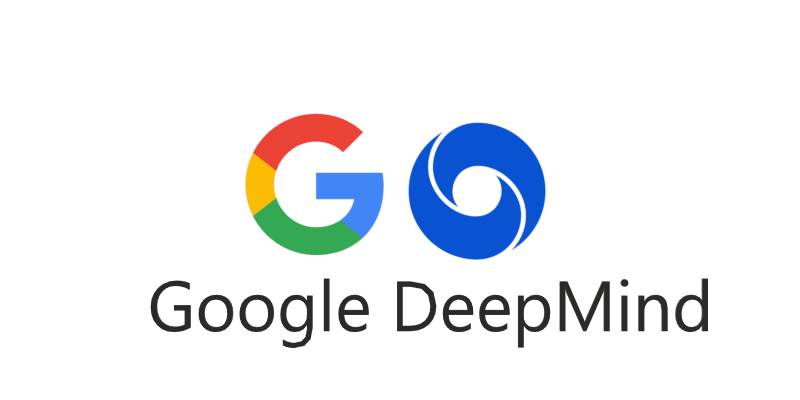The International Mathematical Olympiad (IMO) is the gold standard of high-school mathematics competitions, with six extremely challenging problems in algebra, combinatorics, geometry, and number theory. Only the top half of contestants win medals, and gold medalists are typically the cream of the crop. Google DeepMind
DeepMind’s advanced model, Gemini with Deep Think, officially achieved gold-medal standard in IMO 2025. It solved five out of six problems perfectly, scoring 35 points out of a possible 42. That performance puts it in the same league as the brightest human competitors. Google DeepMind
Last year, DeepMind’s systems (AlphaProof + AlphaGeometry) reached a “silver-medal standard” by solving four of the six problems. However, that build required translating problems from natural language into formal mathematical languages and some two-to-three days of computing time. Google DeepMind
This time, the breakthrough is that Gemini with Deep Think operated end-to-end in natural language, directly from the official IMO statements, and within the competition time limit of 4.5 hours.
Why This Matters for Students & Mathematics Education
What DeepMind has achieved isn’t just a technical milestone — it can offer lessons, inspiration, and even tools for learners and educators. Here are some key takeaways:
- Natural Language Doesn’t Have to Be a Barrier
Many students find high-level math intimidating because of formal notation or the “jargon.” Gemini shows that you can reason deeply about hard math even when staying in “plain language,” provided you have good logical clarity. This suggests teaching could emphasize reasoning itself more fluidly without always requiring formal translation first. - Multiple Solution Paths Are Valuable
The idea of exploring more than one approach — trying several angles in parallel — can help students avoid getting stuck. It’s a metacognitive strategy: don’t fixate on “the one way,” but explore, see which path seems promising, then commit. - Worked Examples & Problem Trickiness
Having access to curated, high-quality solutions helps one see what distinguishes a “good” proof: clarity, structure, spacing of ideas. Teachers and learners can use such resources to calibrate what “high-quality” looks like. - Time-Bound Practice Matters
Deep Think worked within a competition style time constraint. For students preparing for contests or advancing problem-solving skills, timed practice is very helpful in building speed, efficiency, and stress resilience. - AI as a Study Companion, Not Just a Threat
With AI getting better at hard math, the value may lie in using these tools to learn with, not just compare to. Checking your solutions, seeing structural proof strategies, experimenting with different approaches — all possible with AI assistance.
